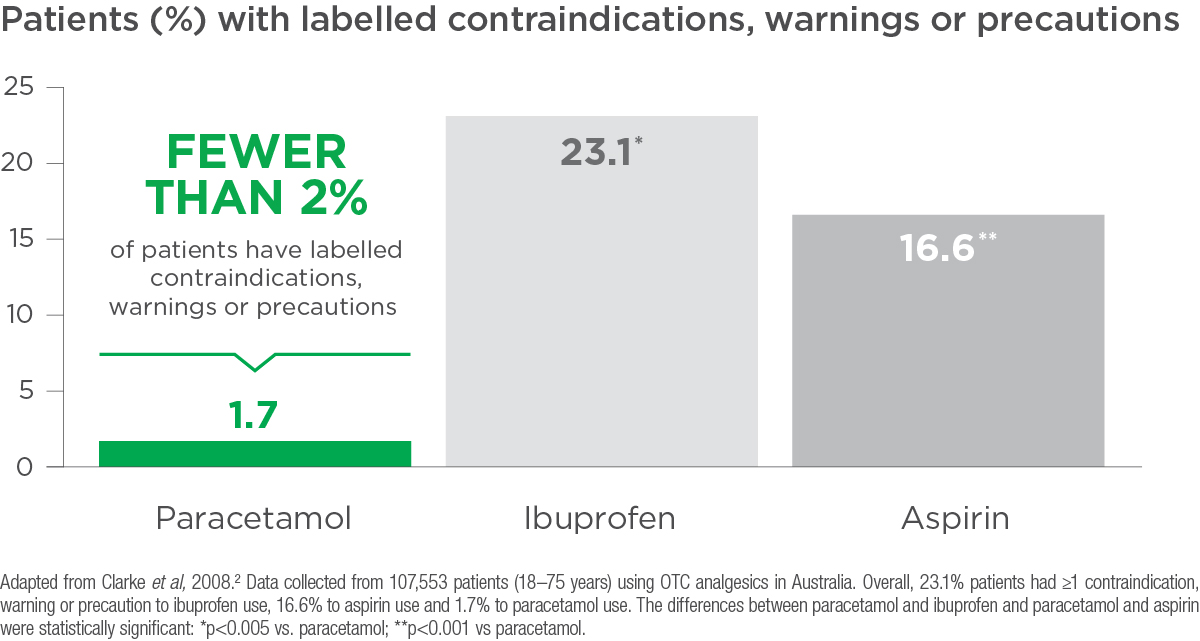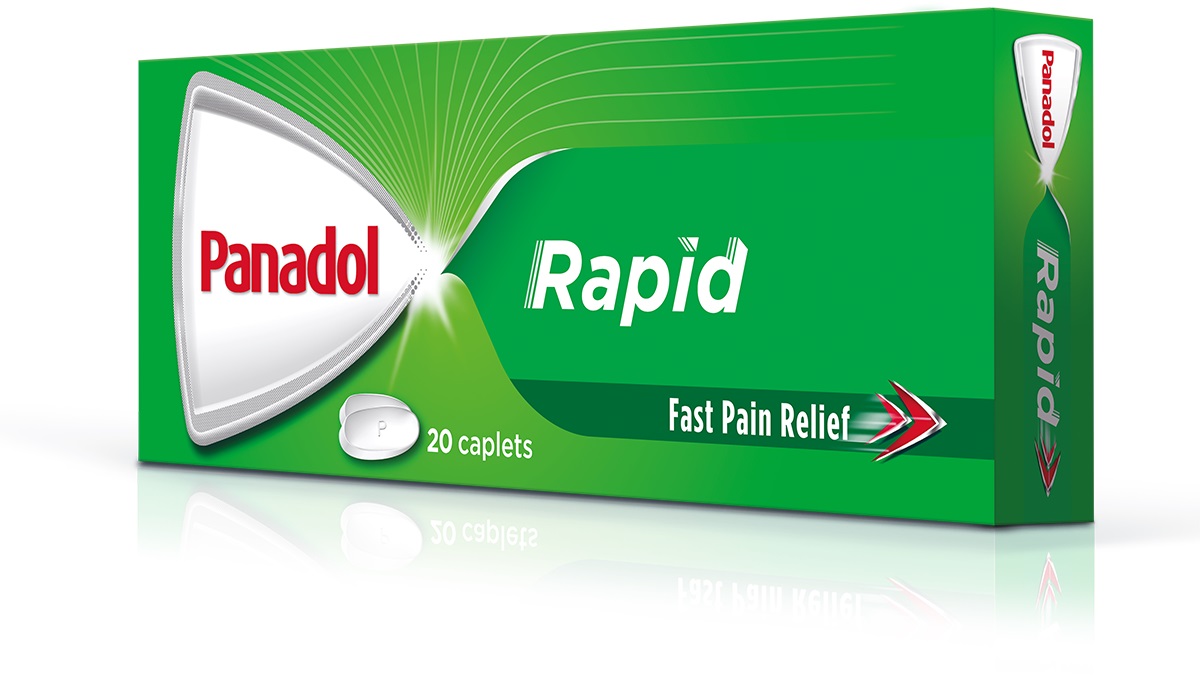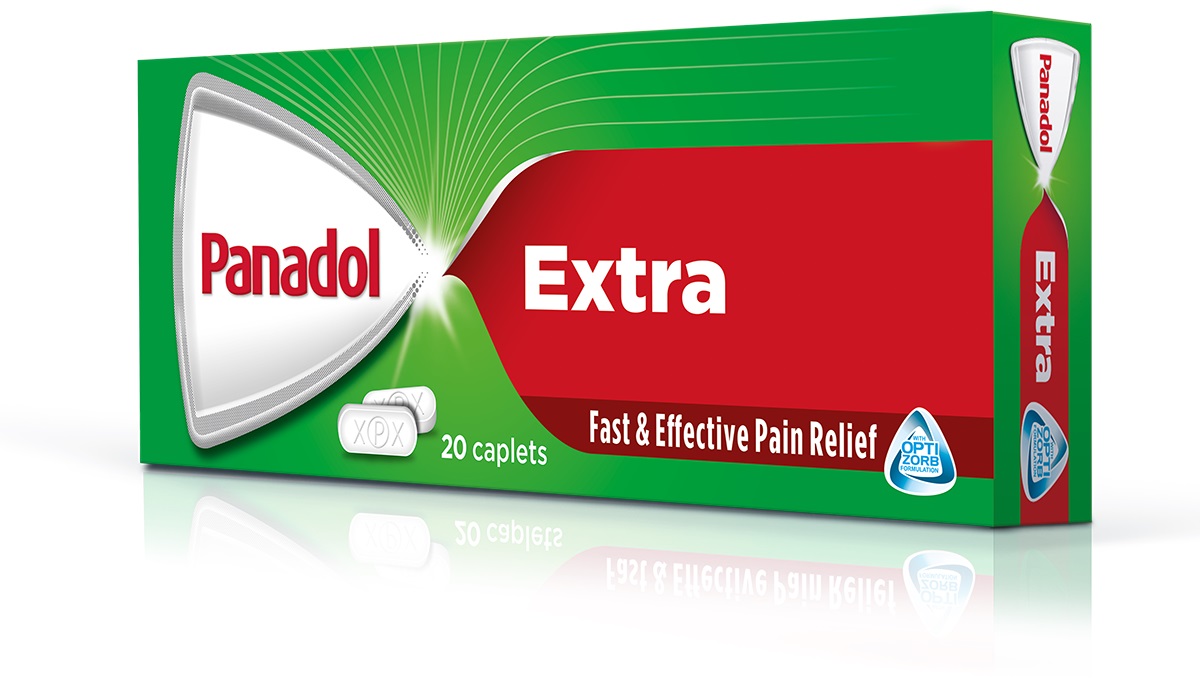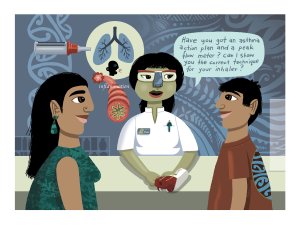Academic pharmacist Nataly Martini discusses the medical management of asthma in adults and adolescents, which has evolved to prioritise early anti-inflammatory treatment. She also explains how to improve patient outcomes by proactively identifying poor asthma control and supporting equitable access to education and treatment
What can Panadol offer your patients?
What can Panadol offer your patients?


There are a range of over-the-counter (OTC) pain relief options that pharmacists can offer to customers, and there are often multiple options available for different types of pain. When recommending suitable pain relief, it is important that pharmacists understand the specific condition of each customer and any potential contraindications, to ensure they receive the most appropriate pain relief option. Panadol is New Zealand’s most trusted pain relief brand† with a range that offers choice when it comes to managing pain.
What can paracetamol be used for?
Paracetamol provides effective relief of pain and discomfort associated with:1

Paracetamol also reduces fever.
Paracetamol is suitable for 98% of adults2

There are very few clinically significant drug interactions with paracetamol3, a low risk for development of drug tolerance4, and few side effects5 when used at the recommended dose. Paracetamol has a well-established safety and toxicity profile6, and is suitable to relieve pain in a wide range of conditions that other OTC analgesics may not be advised for.2,7-10
Panadol has a range to suit your customers’ needs

Panadol Optizorb is absorbed 25% faster than regular Panadol tablets, for everyday pain like body pain, headaches, and pain from cold and flu.11

Panadol Rapid works on pain relief 10 minutes faster than regular Panadol tablets, for fast relief of acute pain, like headache.12#

Panadol Extra provides extra strength pain relief for migraine headache, period pain, dental pain, and muscle aches and pains.
Click here to learn more about the Panadol range and how it can help relieve your customers’ pain.
1. Healthdirect. Paracetamol. Available at www.healthdirect.gov.au/paracetamol, accessed March 2025.
2. Clarke GD, et al. Int J Pharm Pract 2008;16:1–4 (GSK-sponsored study).
3. Toes M, et al. Am J Ther 2005;12:56–66.
4. Schug S. Clin Rheumatol 2006;25(suppl 1):S16–21.
5. Prescott L, et al. Am J Ther 2000;7:143–7.
6. Aust Govt, Dept Health and Aged Care. Therapeutic Goods Administration. Final decision on Paracetamol Access and Controls in the Poisons Standard – Questions and Answers. Available at www.tga.gov.au/search?keywords=final+decision+on+paracetamol+access+and+controls&submit=Search, accessed March 2025.
7. Healthdirect. Anti-inflammatory medicines (NSAIDs). Available at www.healthdirect.gov.au/anti-inflammatory-medicines, accessed March 2025.
8. NPS Medicinewise Nurofen 12 Hour Product Information. Available at: https://www.nps.org.au/medicine-finder/nurofen-12-hour#full-pi, accessed March 2025.
9. NPS Medicinewise Voltaren Rapid 25 Product Information. Available at: https://www.nps.org.au/medicine-finder/voltaren-rapid-25-tablets#full-pi, accessed March 2025.
10. NPS Medicinewise Naprogesic Consumer Medicine Information. Available at: https://www.nps.org.au/medicine-finder/naprogesic#cmi, accessed March 2025.
11. Wilson CG, et al. Drug Dev Ind Pharm 2011;37:747–53 (GSK sponsored study).
12. Grattan TJ, et al. J Clin Pharmacol 2004;44(10):1188. (GSK sponsored study).
Panadol Optizorb contains paracetamol 500 mg. Indications and dosage: For the temporary relief of pain and fever. Adults and children ≥ 12 years: 1 – 2 tablets/caplets every 4-6 hours (maximum 8 tablets/caplets in 24 hrs). Children 7 – 12 years: ½ – 1 tablet/caplet every 4-6 hours (maximum 4 tablets/caplets in 24 hrs). Contraindications: Previous history of hypersensitivity to paracetamol or to any of the excipients; in children under 7 years. Precautions: Liver or kidney problems. Adverse reactions (very rare): Thrombocytopenia; anaphylaxis, cutaneous hypersensitivity reactions including skin rashes, angioedema and Stevens Johnson syndrome; bronchospasm, especially in patients sensitive to aspirin and other NSAIDs; hepatic dysfunction. Panadol Rapid contains paracetamol 500 mg. Indications and dosage: For the temporary relief of pain and fever. Adults and children ≥ 12 years: 2 caplets every 4-6 hours (maximum 8 caplets in 24 hrs). Precautions: Liver or kidney problems. Those on a low sodium diet. Contraindications: Previous history of hypersensitivity to paracetamol or to any of the excipients; in children under 12 years. Adverse reactions (very rare): Thrombocytopenia; anaphylaxis, cutaneous hypersensitivity reactions including skin rashes, angioedema and Stevens Johnson syndrome; bronchospasm, especially in patients sensitive to aspirin and other NSAIDs; hepatic dysfunction. Panadol Extra contains paracetamol 500mg and caffeine 65mg. Indications and dosage: For the temporary relief of pain and fever. Adults and children ≥ 12 years: 2 caplets every 4 to 6 hours (maximum 8 caplets in 24 hrs). Contraindications: Hypersensitivity to any ingredient in the product; children under 12 years. Precautions: Liver or kidney problems, pregnancy and breastfeeding. Adverse reactions: Paracetamol – related (very rare): Thrombocytopenia; anaphylaxis, cutaneous hypersensitivity reactions including skin rashes, angioedema and Stevens Johnson syndrome; bronchospasm, especially in patients sensitive to aspirin and other NSAIDs; hepatic dysfunction. Caffeine-related: sleeplessness, restlessness, anxiety, irritability and headaches, stomach upset and fast heartbeat.
†Reader’s Digest Trusted Brand Survey 2024. #First of two consecutive assessments scored ≥2 on the VRS pain relief scale for some pain relief when taken at 1000 mg dose.12
NSAID: non-steroidal anti-inflammatory drug.
Trademarks are owned by or licensed to the Haleon group. ©2025 Haleon or its licensor. Sydney, NSW Australia & Auckland, New Zealand. PM-NZ-PAN-25-00016. BG4937. HALEOY0162c. April 2025.



